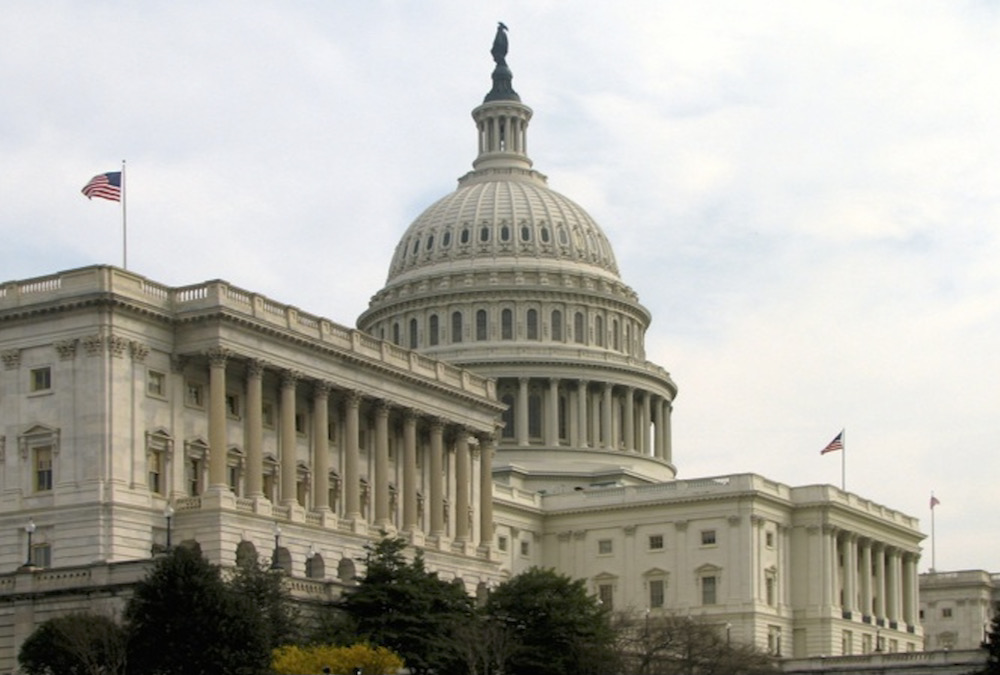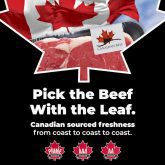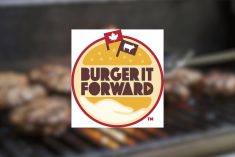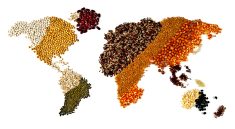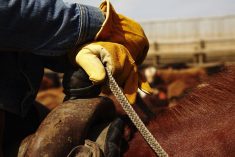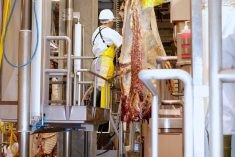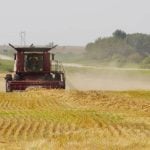Two bills, one that would insert federal government agencies into the cattle marketing business and one that would create a Special Investigators unit within USDA, have been voted out of committee in the U.S. Senate. Both bills were opposed by National Cattlemen’s Beef Association and many free-market-oriented cattle producers, especially those participating in branded, differentiated or specialized product lines that would be damaged or crushed by such legislation. The marketing legislation would mandate a large share of packing plant procurements to be negotiated cash instead of forward contracts or formula marketing. As was pointed out by cattle producers to congressional committees, it is virtually impossible to run programs requiring special treatment for animals from birth without contracts to guarantee a market.
The Special Investigators unit would be on top of such units already at USDA’s Packers and Stockyards Enforcement. For independent-minded cattle operations, the best hope is that pressing business in Congress, summer recesses and pre-election distractions leading up to the November midterms will leave no floor time to consider such legislation this year. A Republican Congress, a likely possibility this fall, would be less likely to pursue such legislative intervention.
I’ve heard that cattle producers in Canada are concerned about the disparity between live cattle prices and retail prices at the grocery, with packers seeming to make more margin than seems fair to them. It’s a complicated production chain but supply and demand still rule, with recent additional complications of severe labour problems.
Read Also
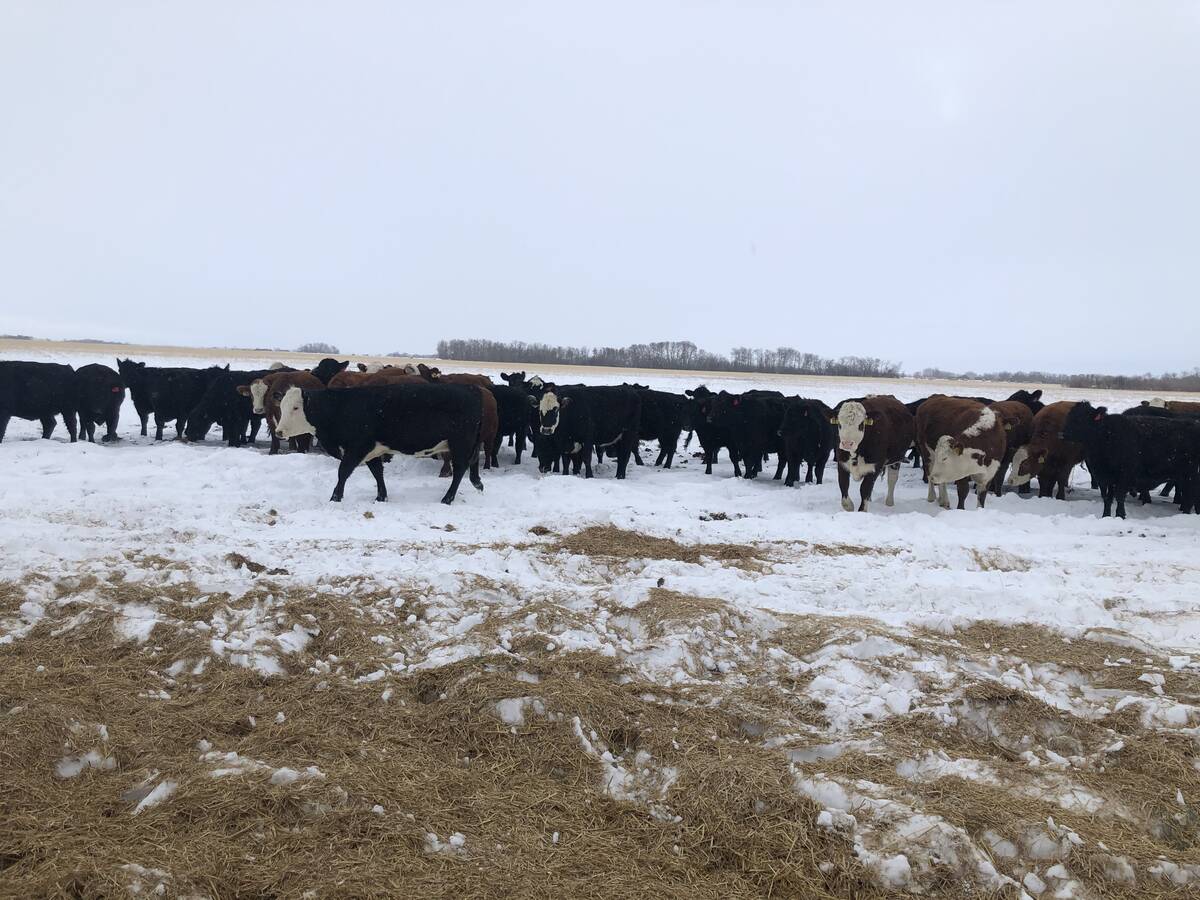
Picking the most efficient cows to rebuild your cow herd
A new cow ranking system to help beef farmers and ranchers pick the most efficient cows as they rebuild their herds.
There is interest in building some new packing plants in Canada but some cold, hard facts require analysis in evaluating those possibilities.
Bill Rupp, who ran beef packing divisions at both Cargill and JBS, spoke in January at the annual Red Meat Club dinner at the National Western Stock Show. He spent decades at Cargill, the last few running the beef division and a half dozen running the beef division at JBS. He explained that after being retired from JBS for several years, he and two former colleagues — who had served as head of operations and head engineer — decided to do some consulting for the numerous groups that proposed to get into the packing business.
Of the 11 proposals they had examined at that time for people, only one of them made the cut, with the rest abandoning their projects after finding out about the economics of the business.
The one plant he is working with is planned at 1,500 head/day, projected to cost $325 million to build.
Raising capital for such a project isn’t easy, especially since most private equity people have no idea how the beef business functions, Rupp said. Investors don’t like the volatility, or they have the notion it’s only a commodity business. They don’t understand quality beef differentiation or branded beef.
Labour is a major consideration. The plant he is working with is in Nebraska. They are not planning a second shift because people don’t want to work second shift. They plan on getting a substantial share of their workers by attracting some experienced workers from other plants who want to work first shift. They can do that on the High Plains where there are plants in the surrounding area.
One of the big problems is competing with the big plants on costs. The processing cost for a 5,000 head/day plant before the pandemic was $225-$250/head. Now, it’s more like $250-$275.
Rupp said small plants must dispose of offal, product to be rendered and hides. The big plants get a drop credit of $140-$200/head by using those items themselves. Rupp said they calculated the minimum size for running their own rendering plant was 1,500 head/day.
Rupp said he doesn’t think the big packers will go back to $30/head margins but hundreds will not last.
Consumers have shown they will pay more and that should have a positive impact on the beef business.
From the mid-90s to 2008, Cargill evaluated its 90 business units on return on gross investment and the beef unit was assigned a target of $30/head. In the 12 years Rupp was associated with the unit at a high level, they hit that target eight of 12 years. A couple of years they were under that figure, a couple they were over.
A realistic perspective is key. This is not the 1990s or even the early 2000s.
Rupp said when he cooks for guests, people like the beef so much they try to find out how he gets it, assuming he has an inside track. He explains to them he just buys out of the retail case like everyone else. The product, including from the biggest packers, is that good today.
So how does a smaller plant coming on board today compete with the big packers? A 500 head/day plant starts out $250/head behind a 5,000 head/day plant on costs. To compete, a smaller plant must have a story and good people on board.

